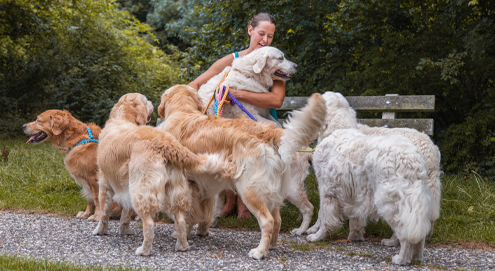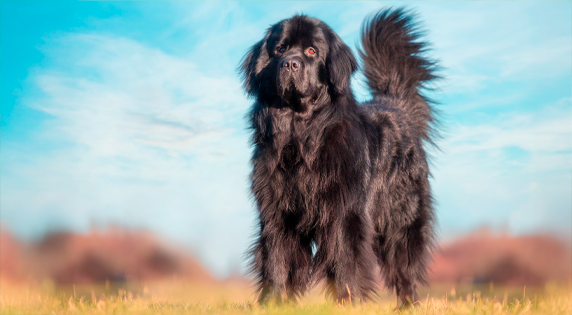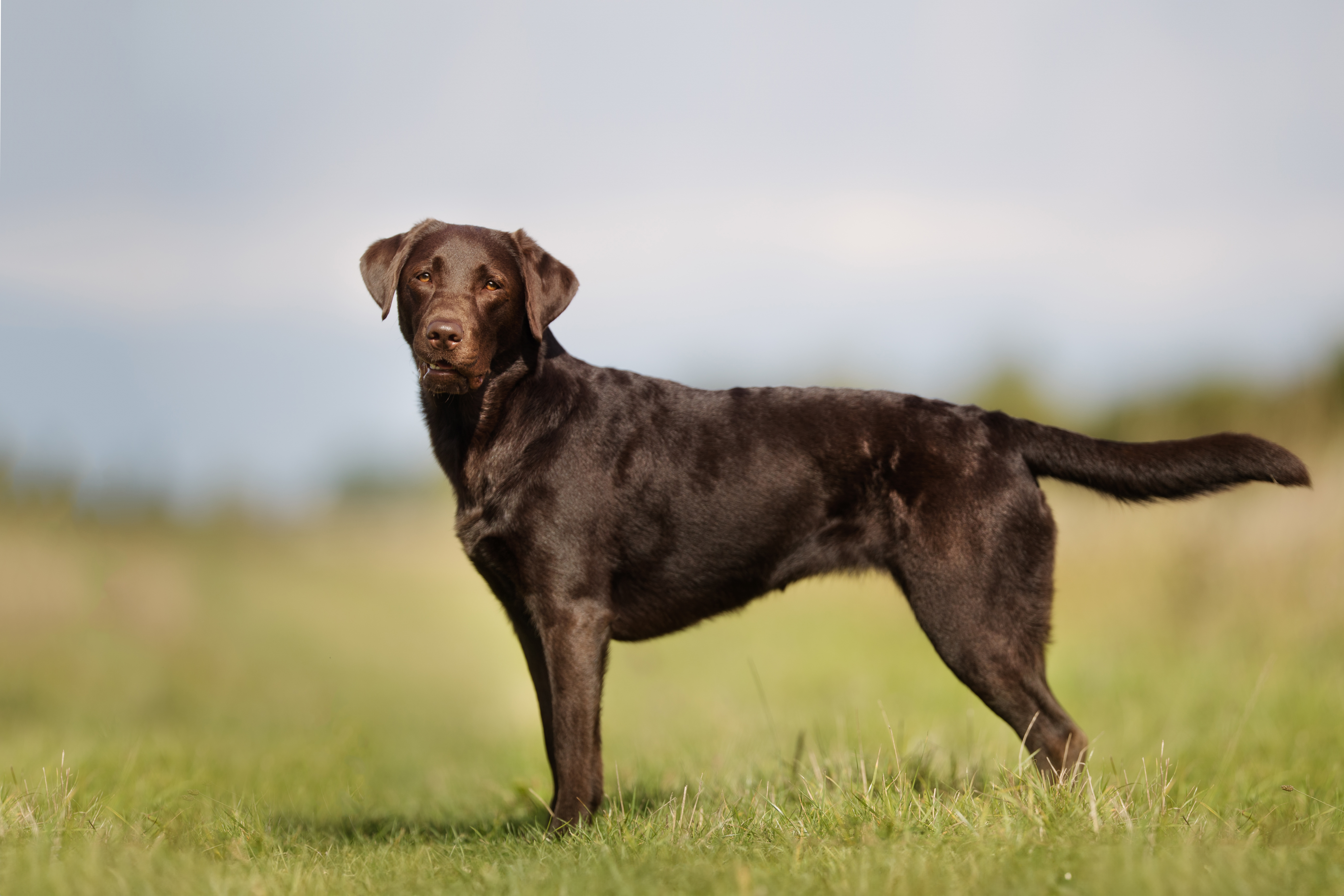Is the Newfoundland the right dog for you?
With its gentle and devoted nature, the Newfoundland is well-suited to a family that can provide calm, space, and engagement. Are you considering bringing a Newfoundland into your home? Then it’s important to understand the characteristics and circumstances needed to allow this large, friendly breed to thrive. Below are some key points to help determine if this dog is right for you:
The Newfoundland is a good match for owners who:
- Are looking for a loyal and friendly family dog
- Have enough space for a large dog
- Are willing to dedicate time and attention to coat care
- Lead an active lifestyle and enjoy walking or swimming
- Are patient and loving, and understand the sensitive nature of the breed
- Want to spend time with a dog that can be both calm and playful
Because of its size and grooming needs, the Newfoundland is less suitable for people with limited space or little experience with large dogs.
Is the Newfoundland suitable for first-time or experienced dog owners?
Thanks to its calm and friendly temperament, the Newfoundland can be a good fit for both first-time and experienced dog owners. However, new owners should be aware of the breed’s grooming requirements and large size, which demand commitment and responsibility. With the right guidance and care, this dog can be an ideal companion for almost any family.
The Newfoundland is especially well-suited to owners with experience in handling large breeds and who are prepared to invest in its training, grooming, and health.







